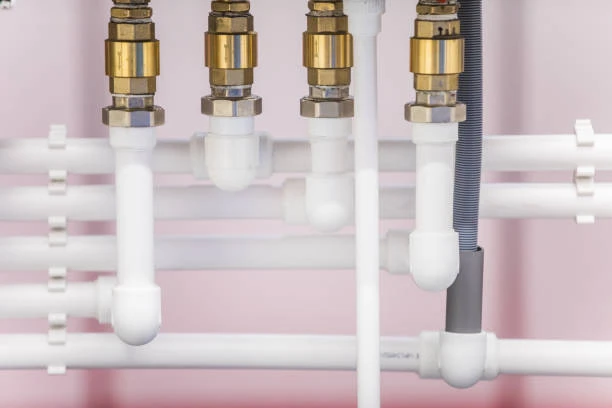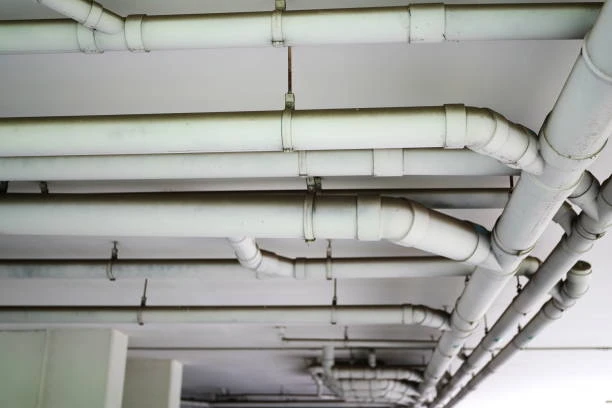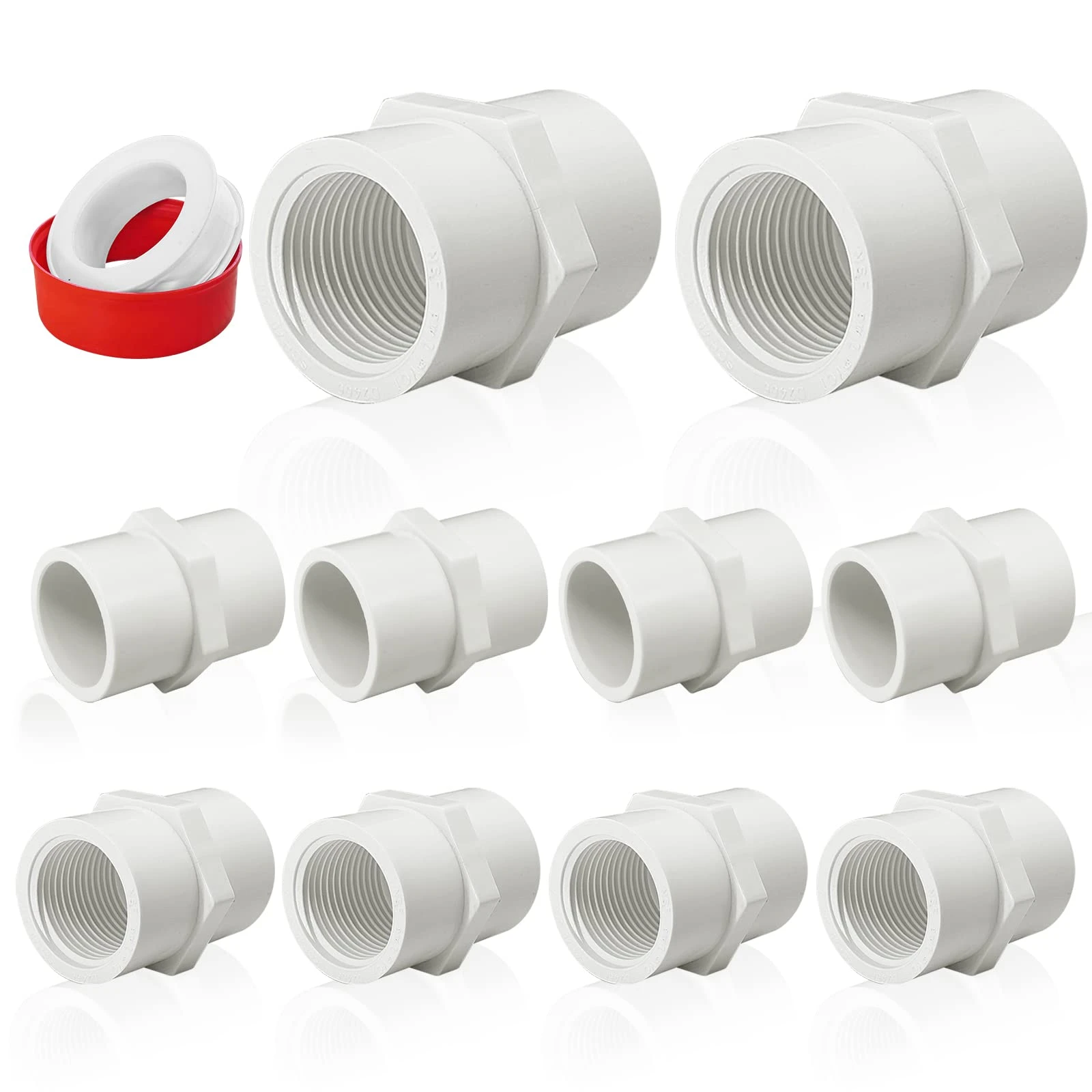In the ever-evolving landscape of the plastics industry, the recent statements from Finolex MD Ajit Venkataraman have raised eyebrows, especially regarding the volatile nature of PVC prices and the company’s focus on enhancing its non-agricultural business. As manufacturers navigate these fluctuations, many in the plumbing sector are increasingly turning their attention to CPVC fittings as a reliable alternative.
Understanding the Current Market Dynamics
Ajit Venkataraman’s comments highlight a significant concern in the PVC market: price volatility. This unpredictability can be attribute to various factors, including raw material costs, demand fluctuations, and global supply chain disruptions. In response to these challenges, Finolex aims to diversify its portfolio by investing more heavily in non-agricultural products, which may help stabilize revenues amidst the uncertainty surrounding PVC pricing.
Implications for Contractors and Consumers
For contractors and businesses that rely on PVC pipes, this volatility is concerning. Price fluctuations can disrupt budgets, leading to increased project costs and potential delays. As a result, many professionals in the plumbing industry are exploring alternatives, particularly CPVC fittings, known for their durability and cost-effectiveness.
The Rise of CPVC Fittings
CPVC (Chlorinated Polyvinyl Chloride) fittings are gaining traction in the plumbing market for several compelling reasons. Here’s why they are becoming a preferred choice among contractors and consumers alike:

1. Superior Temperature Resistance
One of the most significant advantages of CPVC fittings is their ability to withstand higher temperatures compared to traditional PVC. CPVC can handle temperatures up to 200°F, making it ideal for hot water applications, such as residential plumbing and industrial settings.
2. Enhanced Durability
CPVC fittings boast exceptional resistance to corrosion and chemical degradation, ensuring a longer lifespan than standard PVC fittings. This durability translates to lower maintenance and replacement costs, which is a critical factor for both consumers and businesses.
3. Easy Installation Process
Contractors appreciate the lightweight and easy-to-handle nature of CPVC fittings. They are design for straightforward installation using solvent cement, which allows for quick assembly and reduces labor costs. This efficiency is particularly valuable in fast-paced construction environments.
4. Cost-Effectiveness Over Time
While CPVC fittings might have a higher upfront cost compared to PVC, their longevity and reduced maintenance needs make them a more cost-effective solution in the long run. For contractors managing tight budgets, this can significantly impact overall project expenses.
5. Environmental Considerations
As sustainability becomes a paramount concern across industries, CPVC fittings present an environmentally friendly alternative. Their greater lifespan results in less waste and fewer resources used for manufacturing replacements, aligning with the growing emphasis on eco-conscious practices.
The Future of Plumbing Materials
Given the volatility in PVC pricing and the increasing demand for reliable plumbing solutions, it is likely that the popularity of CPVC fittings will continue to rise. Manufacturers are expect to innovate further, focusing on developing higher-quality CPVC products that meet evolving market demands.

Market Trends to Watch
- Increased Investment in R&D: As companies like Finolex seek to diversify, there will likely be a greater emphasis on research and development for alternative materials. This could lead to advancements in CPVC technology, enhancing its performance and broadening its applications.
- Regulatory Changes: With environmental regulations tightening globally, manufacturers may be compelle to adopt more sustainable practices. This shift could position CPVC as a greener alternative in the plumbing industry.
- Shifts in Consumer Preferences: As consumers become more informed about the benefits of different materials, the demand for CPVC fittings is likely to grow. Educating customers on the advantages of CPVC over traditional PVC will be essential for manufacturers and suppliers.
Conclusion
The insights shared by Finolex MD Ajit Venkataraman underscore the complexities of the PVC market and the challenges posed by price volatility. In light of these developments, CPVC fittings emerge as a promising alternative, offering numerous benefits that cater to the needs of modern plumbing systems. With superior temperature resistance, enhanced durability, and environmental advantages, CPVC is poise to play a significant role in the future of plumbing materials.
As the industry evolves, staying informed about market trends and material innovations will be crucial for all stakeholders involved. Embracing alternatives like CPVC fittings not only mitigates the risks associated with PVC price fluctuations but also aligns with the broader goals of efficiency and sustainability in the plumbing sector.
FAQs
- What are CPVC fittings?
CPVC fittings are made from chlorinated polyvinyl chloride, which is design for use in plumbing systems, especially for hot water applications. - How do CPVC fittings compare to PVC fittings?
CPVC fittings can withstand higher temperatures and are more resistant to corrosion and chemical exposure, making them ideal for a wider range of applications. - Are CPVC fittings easy to install?
Yes, CPVC fittings are lightweight and easy to install using solvent cement, allowing for quick assembly and reduced labor costs. - What are the sustainability benefits of using CPVC fittings?
CPVC fittings have a longer lifespan and require fewer replacements, resulting in less waste and a lower environmental impact. - Can CPVC fittings be used for both hot and cold water?
Yes, CPVC fittings are suitable for both hot and cold water plumbing systems, providing versatility for various applications.

















